African Civet (Civettictis civetta)
- Price:
- US$ 1200
- CA$ 1560
Overview
The African Civet is a nocturnal, terrestrial carnivore known for its striking appearance. Measuring 680 to 890 mm in body length and with a 445-463 mm long tail, it has a mass ranging from 7 to 20 kg. Its coat is short, thick, and a mix of black, white, and yellowish markings. The civet’s tail is dense and coarse with long hair, and its legs are mostly black with striped tail markings.
Diet and Behaviour
The civet has a highly diverse diet, eating plants, fruit, small animals, and even poisonous food like millipedes and puff adders. They are among the few animals capable of consuming millipedes, as their digestive systems can handle the cyanide within them. Civets are also opportunistic scavengers, raiding rubbish bins and eating the grass from dead antelopes.
Their diet is aided by their strong teeth, adapted for both tearing and crushing. They are also known for their territorial behaviour, marking their area with scent glands and leaving behind large middens, which are vital for seed dispersal.
Reproduction and Life Cycle
Female civets are polyestrous and can have 1-4 young per litter, up to 3 times a year. Kittens are born fully furred and are highly developed compared to other carnivores. They begin crawling by day 5 and become independent hunters at 2 months old.
Habitat
Civets thrive in both forested and open country areas, requiring long grass and thickets for safety. They are found near permanent water sources, where they create burrows for nesting. While primarily nocturnal, they are also good swimmers.

